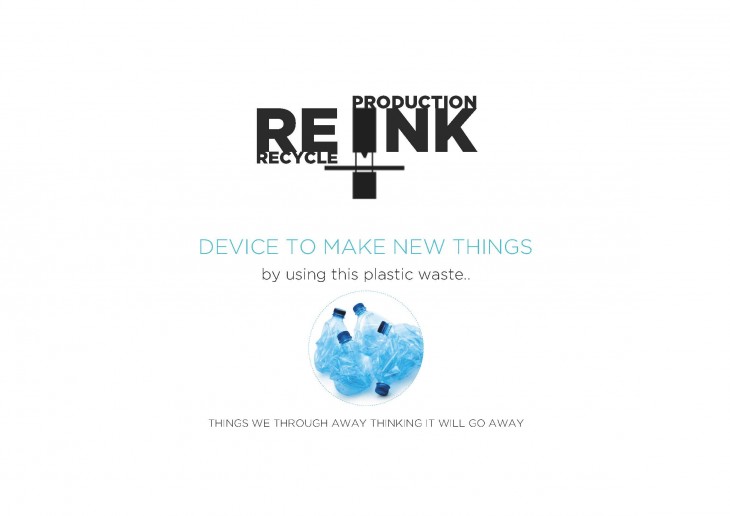
The waste generation is constantly growing due to several factors such as growing population and industrial development, also with the changes in the consumer habits that favors consumerism.
Among different types of waste, plastic waste is a major growing concern contributing 12% of total waste. Plastic is a highly useful material and its applications are expected to increase as more new products and plastics are developed to meet demands, but the waste management infrastructure may not be developing at an appropriate rate to deal with their increasing levels of plastic waste.
The drivers for plastic use are its improved physical and chemical properties compared to alternatives, its low cost and the possibility of mass production. About 50 per cent of plastic is used for single-use disposable applications, such as packaging, agricultural films and disposable consumer items. Only 10% of plastic waste is recycled and the other 90% goes to landfill and further it leaks into ocean.
This linear process of plastic has adverse effect on environment disturbing the wild life and the ecosystem. Plastic could potentially transport chemicals in the form of leachate to otherwise clean environments and, when ingested by wildlife, it can cause the transfer of chemicals into the organism’s system. Waste disposal and leachate create intense pressures over ecosystems.
On the other hand, revolution of 3d printing is happening, which allows us to manufacture locally. But the material used is plastic filaments. The idea is how we can process plastic waste locally and use it for printing our basic things. The device shreds plastic waste into pellets, further it is extruded to 3D printing machine.
Initially the device is installed at a neighborhood scale allowing public participation in collaboration with creative minds of Maker’s community like FabLabs. This will explore deposit schemes and encourage the return and multi use of plastic.
Replicating this process at different units, will help develop a set of library by categorizing different kinds of plastic types and its implications at different scales. The widespread application of the device will lead to more research to maximize the effectiveness. Thus converting waste into a valuable input for other productive processes allowing resource efficiency and further creating circular economy.
The idea of recycling plastic locally will allow change in behavior and spread awareness exposing the consumers to the process of plastic production.